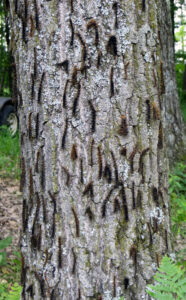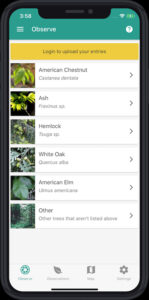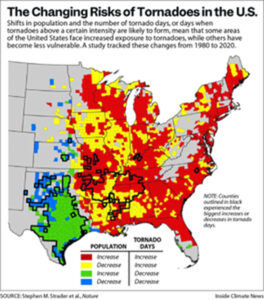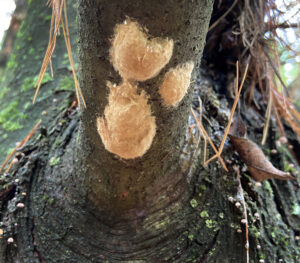
Large egg masses are seen on a tree at the Kettle Moraine State Forest-Southern Unit in 2021. / Photo Credit: Bill McNee, Wisconsin DNR
By Bill McNee, DNR Forest Health Specialist, Oshkosh;
Bill.McNee@wisconsin.gov or 920-360-0942
It might be a bit chilly these days, but spring is coming. When the weather warms up, the annual return of spongy moth caterpillars will begin.
There’s a way for landowners to make a dent in the population of the hungry caterpillars: Get out now to locate and properly dispose of spongy moth egg masses, produced by adult moths last summer.
Continue reading “Now Is Time To Seek Out Spongy Moth Egg Masses”


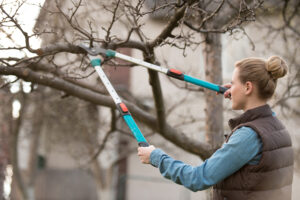
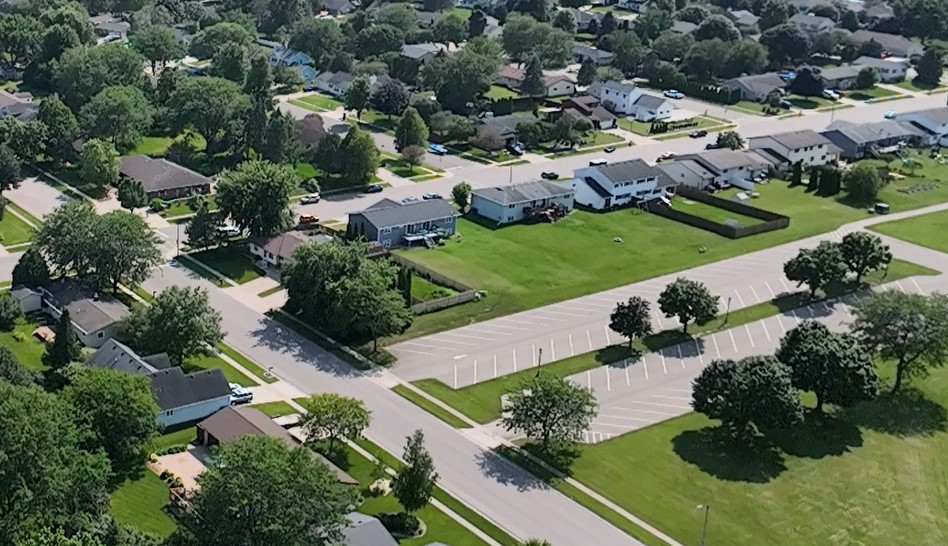 Gov. Tony Evers and the Wisconsin Department of Natural Resources (DNR) today announced the Urban Forestry (UF) Grant Program recipients for the 2025 grant year. In addition to helping fund projects consistent with state and national goals for increasing the urban forest canopy, reducing carbon dioxide and other greenhouse gasses from the atmosphere, and improving the quality of life and public health of communities, the UF Grant Program will help advance goals outlined in Gov. Evers’ Trillion Trees Pledge commitment, which includes planting 1 million trees in urban areas by the end of 2030.
Gov. Tony Evers and the Wisconsin Department of Natural Resources (DNR) today announced the Urban Forestry (UF) Grant Program recipients for the 2025 grant year. In addition to helping fund projects consistent with state and national goals for increasing the urban forest canopy, reducing carbon dioxide and other greenhouse gasses from the atmosphere, and improving the quality of life and public health of communities, the UF Grant Program will help advance goals outlined in Gov. Evers’ Trillion Trees Pledge commitment, which includes planting 1 million trees in urban areas by the end of 2030. 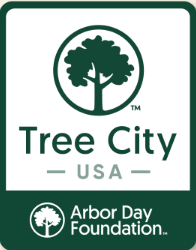 Tree City USA is an annual recognition program presented by the Arbor Day Foundation that allows communities to publicly demonstrate their continued commitment to the care of their local urban forest. Returning Tree City USA communities are also eligible to apply for Growth Awards. These awards recognize community forestry programs that go above and beyond the four core tenets of Tree City USA.
Tree City USA is an annual recognition program presented by the Arbor Day Foundation that allows communities to publicly demonstrate their continued commitment to the care of their local urban forest. Returning Tree City USA communities are also eligible to apply for Growth Awards. These awards recognize community forestry programs that go above and beyond the four core tenets of Tree City USA.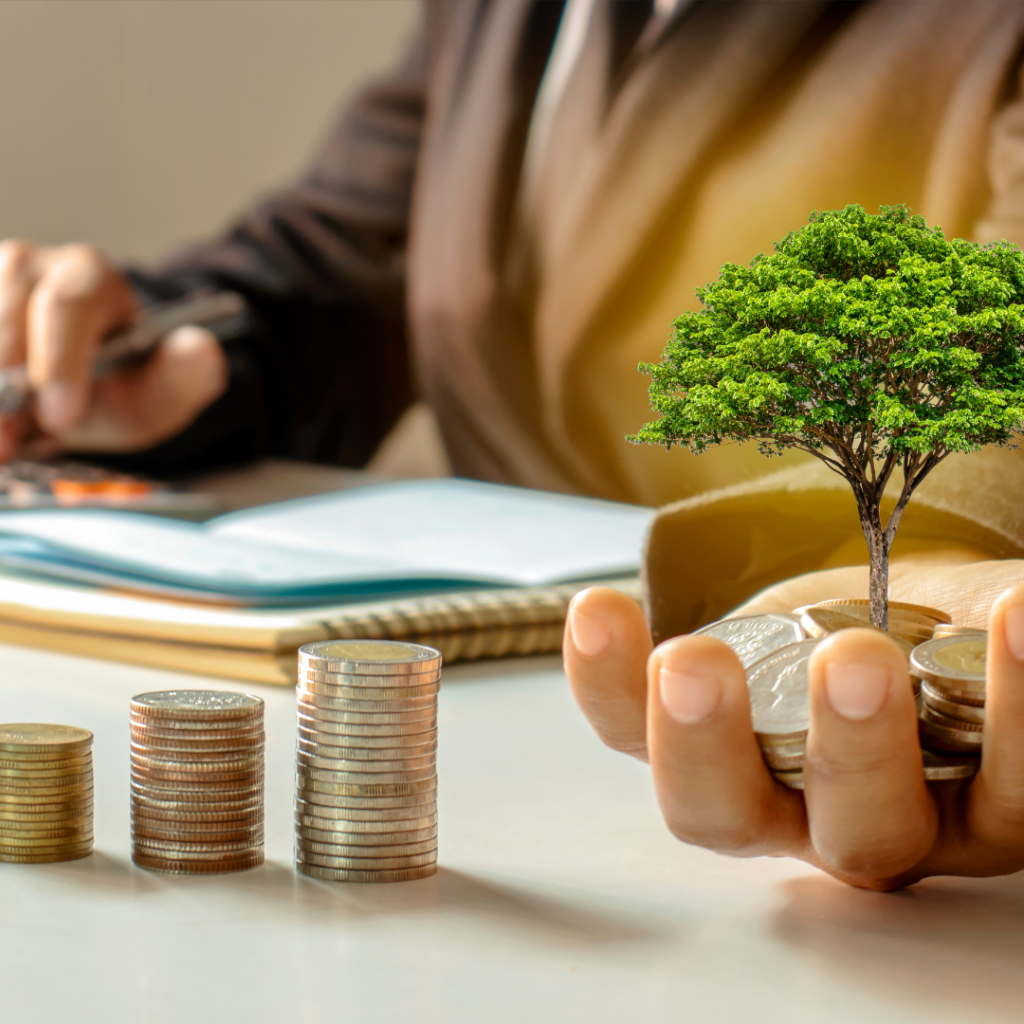 Five Star And Urban Waters Restoration Grants Due Jan. 30, 2025
Five Star And Urban Waters Restoration Grants Due Jan. 30, 2025